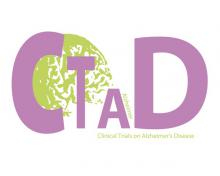COVID-19 has infected nearly half of all nursing homes in the United States. Tens of thousands of residents have lost their lives, and many more have been hospitalized. Emerging data suggest that few nursing facilities have the organizational structure, training, resources, physical plant, and operational capability to keep the COVID-19 infection completely out of a facility. Key infection prevention strategies (such as cohorting, universal masking of patients/staff, focused ventilation, point-prevalence testing, and preventing movement of healthcare workers between facilities) have been inconsistently and haphazardly applied. With these challenges in mind, the California Association of Long Term Care Medicine (CALTCM) proposed a model for a virtual centralized Support and Guidance Center that develops and disseminates real-time expertdriven recommendations to the traditional organizational structure of a nursing facility. We recommended that all senior congregate facilities transition to an incident command management structure. This would allow local leadership teams to focus on day to day management, transferring the responsibility of training, PPE procurement, engineering, testing, and real-time expert-driven recommendations to a centralized entity. Clinical and operational aspects of this model are based on emergency preparedness principles. While this approach is aspirational, the principles delineated in this document can be used to guide policy decisions as we work to mitigate the impact of this virus.
(1) M. Wasserman, A.G. Wolk, A. Lam Jour Nursing Home Res 2020;6:24-29



